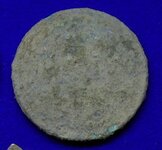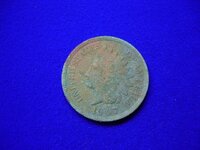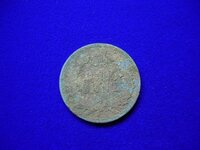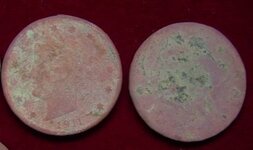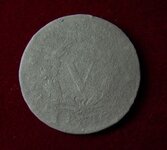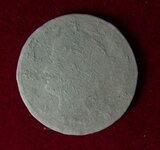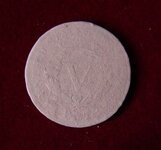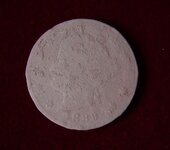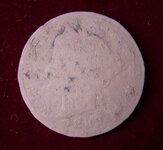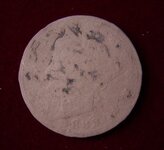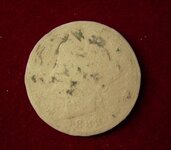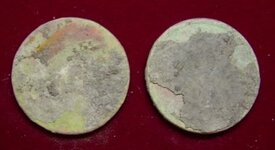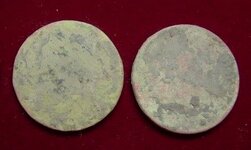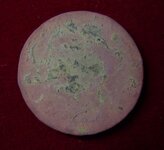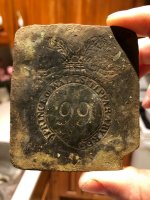gary s fl
Sr. Member
- Mar 21, 2005
- 264
- 53
- Detector(s) used
- Equinox 800, CTX 3030, Explorer II, Excalibur, Aquasound, TDI, GB 2, Quick-triggered CZ-21, AU-21, G2, Comprade 7" & 5.5"
- Primary Interest:
- Other
I dug an IH penny a few days ago that had a layer of harden dirt on both sides that wouldn't come off with either an ultrasonic cleaner or using heated peroxide for a few hours. I was barely able to make out the reverse but could see none of the obverse. I read many of the posts regarding how to safely clean coins (if that is possible for a non-professional). I grudgingly decided on the painfully slow distilled water soaking method described on another post, or the potato method which I had had prior success with on corroded ocean clad. My end goal was to be able to see the date just well enough to check for a possible key date. I didn’t want to use chemicals stronger than the potato starch if possible, but what I really wanted were quicker results. I’m not the sharpest tack in the box but I remembered one of my elementary school teachers describing how metal expands and contracts with heat and cold and thought…..hmm, would that loosen the dirt? I started a pot of water boiling, and placed a shallow layer of water in the ultrasonic cleaner with several ice cubes. For next 30-45 minutes I alternated the IH using a plastic spatula from the boiling pot to the ice filled, running, ultrasonic cleaner. There was little change with the first several transfers, but then the obverse slowly began to appear more with each transfer. When I was finally able to see the 1907 date I decided to continue with the process until I couldn’t see any further improvement. The method succeeded with completely cleaning the obverse without removing the mild green corrosion but the reverse still needed a significant amount of cleaning. I’m now trying the potato method for reverse only. The next time I use the hot/cold method I’ll try something else besides a spatula for the transfers. Any thoughts about what kind of damage could be done to a coin using this method or any improvements to this method would be appreciated.


